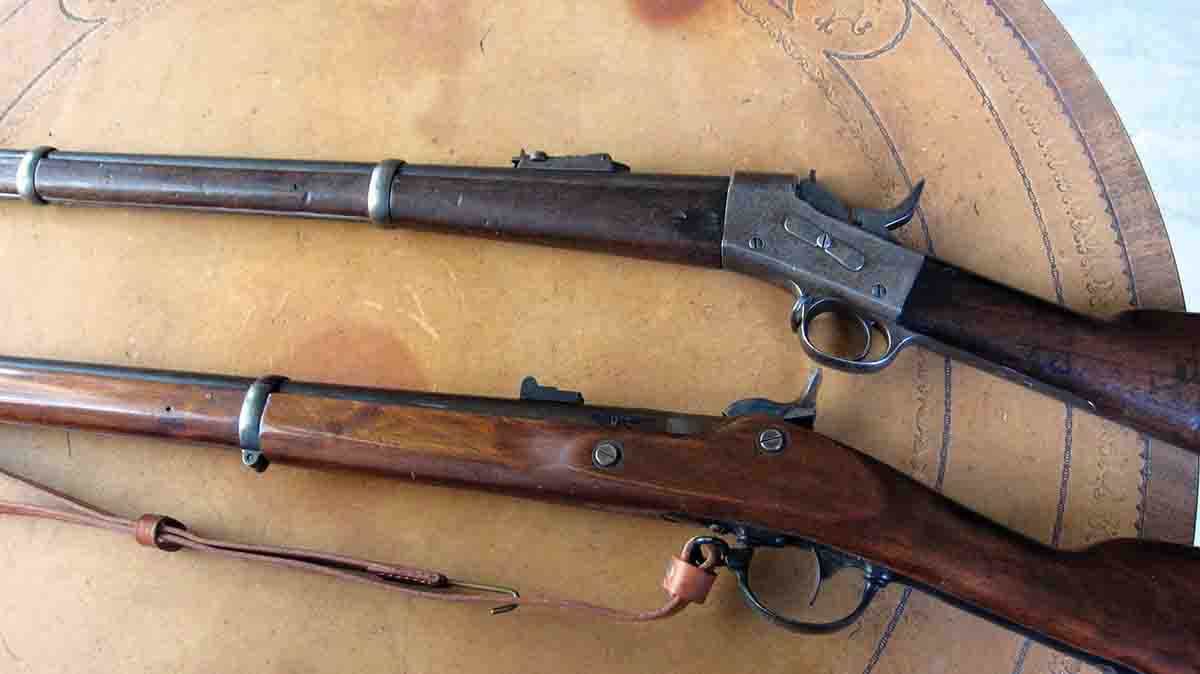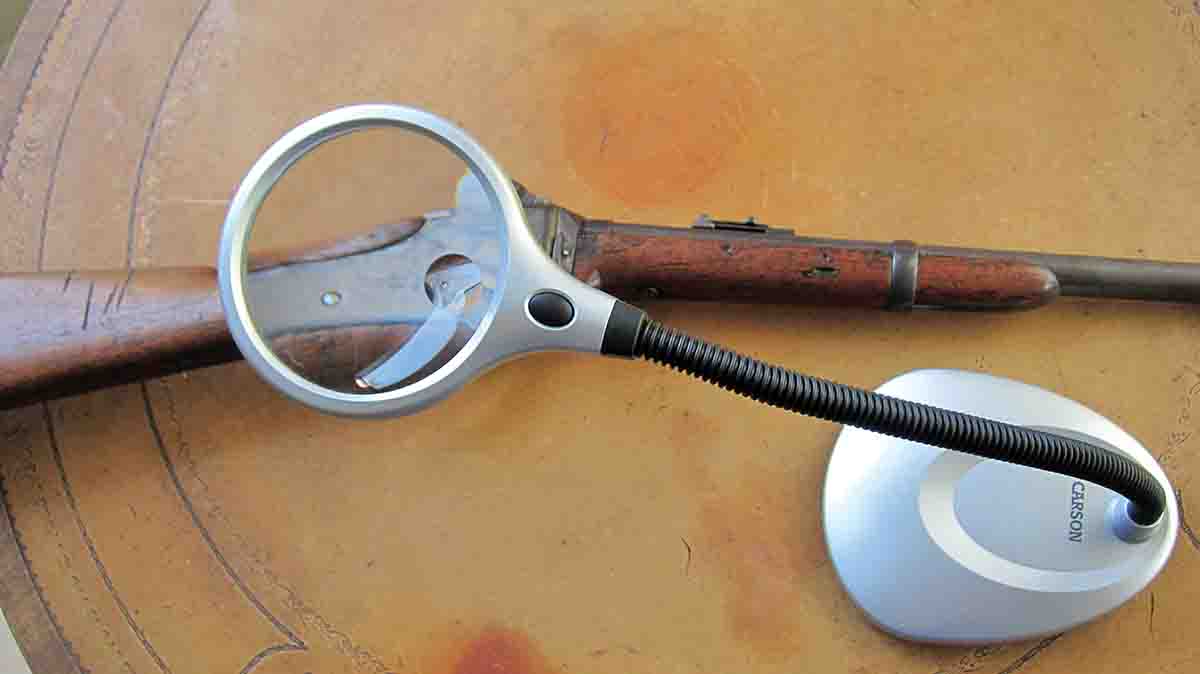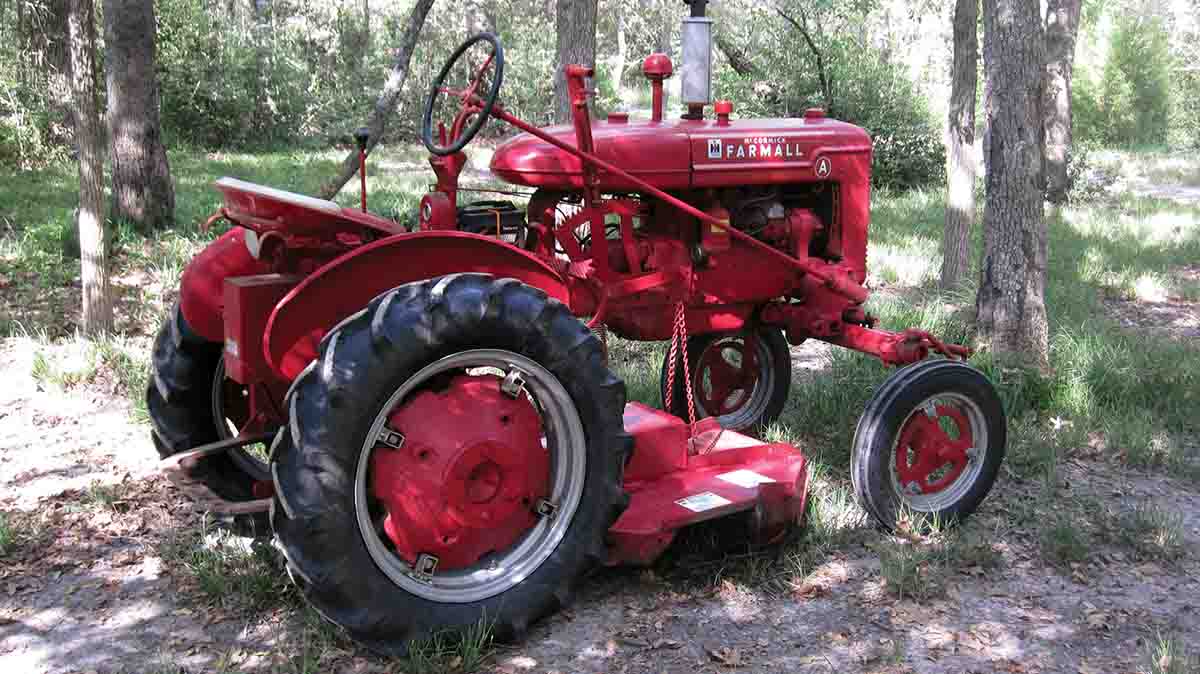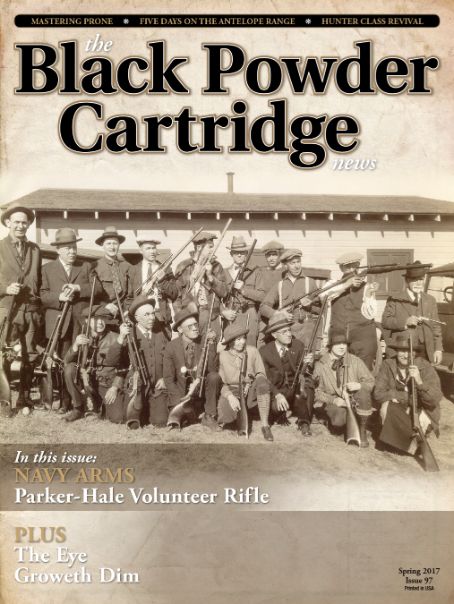The Eye Groweth Dim
feature By: Croft Barker | April, 17

Up until this time, I wore glasses for distance vision and to correct astigmatism in both eyes. Although I could read without corrective lenses, I needed them to drive and shoot. My prescription for distance vision hadn’t changed for many years, although the astigmatism in my left (shooting) eye did and had to be corrected every five years or so with new prescription lenses. The only fly in the shooting equation was that I had difficulty, as I grew older, focusing on the rear sight, front sight and target simultaneously. Sound familiar? In order to be better informed about my cataracts, I called several friends who had undergone the same surgery. All agreed that the procedure was of short duration, but opinions varied on degree of success. As I could still see well enough to drive and shoot, I decided to let nature take its course as to when surgery would be required.
Nature didn’t wait very long. By August 2015, everything seen through my right eye was a blur whether near or far. I couldn’t read nor see well enough to drive when using only the right eye. With both eyes open I could drive in daylight, although my depth perception was messed up, and I didn’t drive at night. In order to locate a good surgeon, my wife and I called friends in our area who had experienced the same procedure I required. Most agreed that a local outfit did excellent work and mentioned two surgeons in particular. I called their La Grange office and set up an appointment.

On the appointed day in September 2015, I reported to the hospital with my wife, as I was not allowed to drive after surgery. After being given a mild sedative and numbing drops in my right eye, I was taken to the operating room. A large circular piece of paper with a small hole in the middle was placed over my face. I was directed to focus through the hole on a light and, as advertised, the procedure was over in about 15 minutes. A little over three hours after surgery, I was allowed to remove the eyecup and gaze at the forest behind our house. Now everything looked like a Technicolor movie with sharply defined edges. Amazing! The next day I visited the surgeon for a post-op exam-ination. My right eye was (and still is) 20/20 for distance vision, but I had trouble reading. I was informed that I had to wait a month before getting a prescription for lenses and that I would definitely need reading glasses or bifocals. He added that I would eventually want surgery on my left eye as well.
As luck would have it, by November 2015, my left eye had fuzzed up to the point where I was again looking at the world with monocular vision. I went through the same exam and surgery as before with one notable exception – the surgeon told me I would not have 20/20 in my left (shooting) eye, as it had much more astigmatism than my right. Rats! The day after surgery both eyes were 20/20, but after a month, the left eye had dropped to 20/30 (still good enough to pass the Texas driver’s license eye exam). Although I have no problem driving without glasses, I need corrective lenses when aiming over open rifle sights, as 20/30 coupled with astigmatism doesn’t cut the mustard. The new glasses will be yellow-tinted bifocals that will allow me to read Vernier and Soule scales as well as tiny marks on the elevation and windage knobs of my externally adjustable scopes. While waiting for my left eye to settle down, I trotted down to the dollar store and bought a pair of $6.00 magnifying eyeglasses for reading and close work.
All the preceding information is pretty much cut and dried; the hard part follows. The first issue is instantly going from being near-sighted to far-sighted. For starters, I can’t see small print anymore without my reading glasses, although I can discern standard print if I hold it about 18 inches from my face. On the positive side, without glasses I can read the instrument panels in my vehicles, street signs and once again have excellent depth perception, as well as good peripheral and night vision. The inability to focus on open rear/post front sights and targets simul-taneously is still there, but I cheat by using a coarse sight picture and a center hold that allows me to see well enough. (See BPCN No. 87, “Iron Sight Pictures”). I have no problem seeing the front sight and target when aiming through the Hadley eyecups and several other non-adjustable peep sights. When aiming over open rear sights, those that are far enough from the eye and correctly shaped work much better than those that are too close. My Whitney rolling block’s rear sight is relatively easy to see, while my 1863 Springfield fuzzes out. Other examples are a somewhat fuzzy rear sight on my ChiCom Type 56 (SKS clone) versus the clearly defined rear notch on my Swedish Mauser.
Another problem is close work, as reading glasses and bifocals have limited depths of field; the object viewed must be at a specific distance from the eye in order to be in focus. The solution was found in the sewing

As we grow older (or suffer permanent injuries or disabilities), we become less mobile and must learn to compensate in order to get the job done. A recent example was to cut the useless backrest from my two cylinder 1950 John Deere MT (aka “Popping Johnny”). The too- low backrest served no purpose other than making it difficult to climb up the rear of the tractor and then over the backrest in order to mount the seat. Other examples of compensating are labor-saving devices. Chief among these are teenagers needing money. They are employed to prune plants, weed, remove limbs and logs from woodland trails, fill in potholes, etc., while I drive the pickup or tractor and issue instructions. Fortunately, we are far more experienced now than when in our teens. With age comes wisdom (hopefully) and the ability to figure things out thus enabling us to make the best of bad or unpalatable situations.


